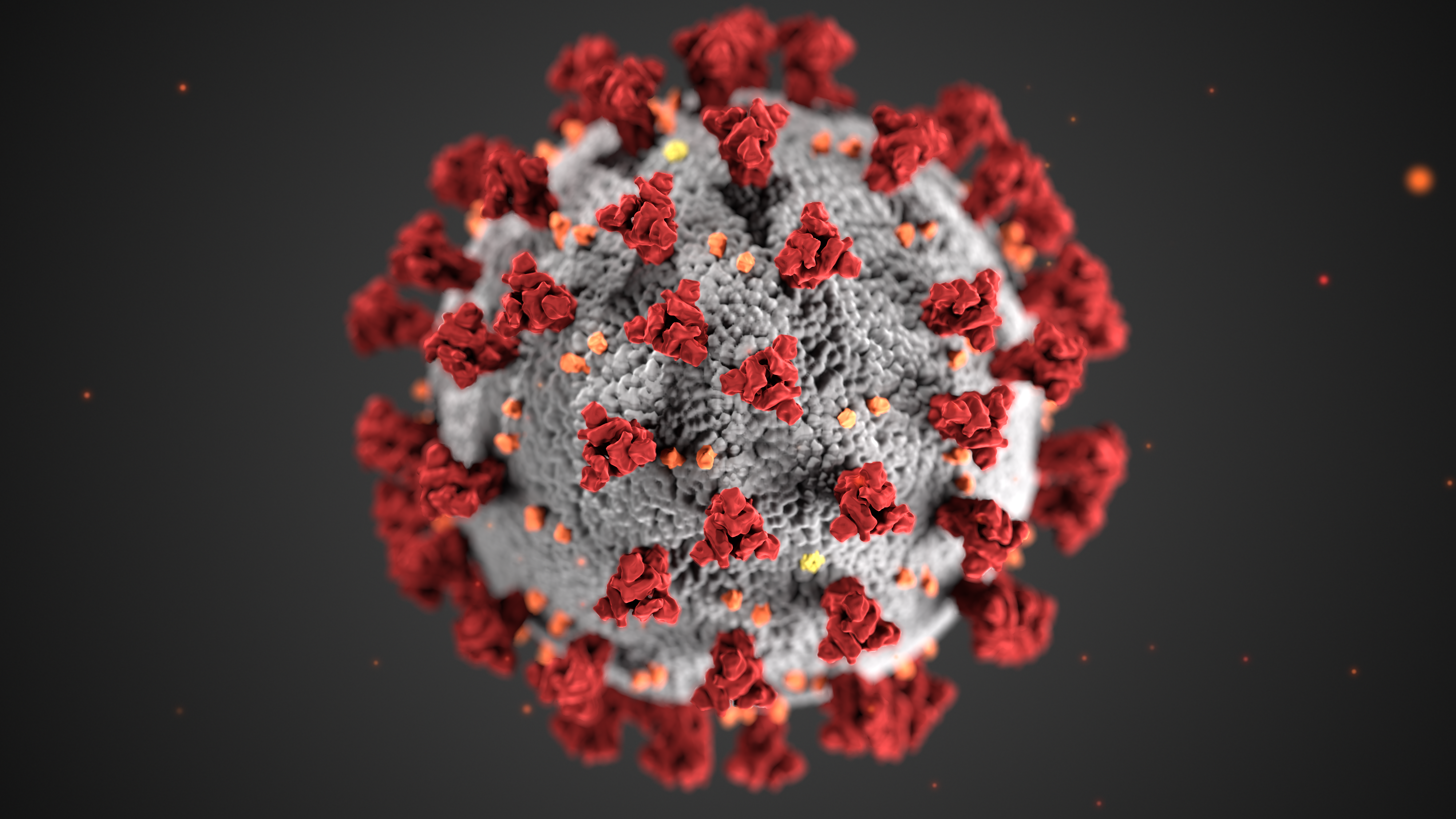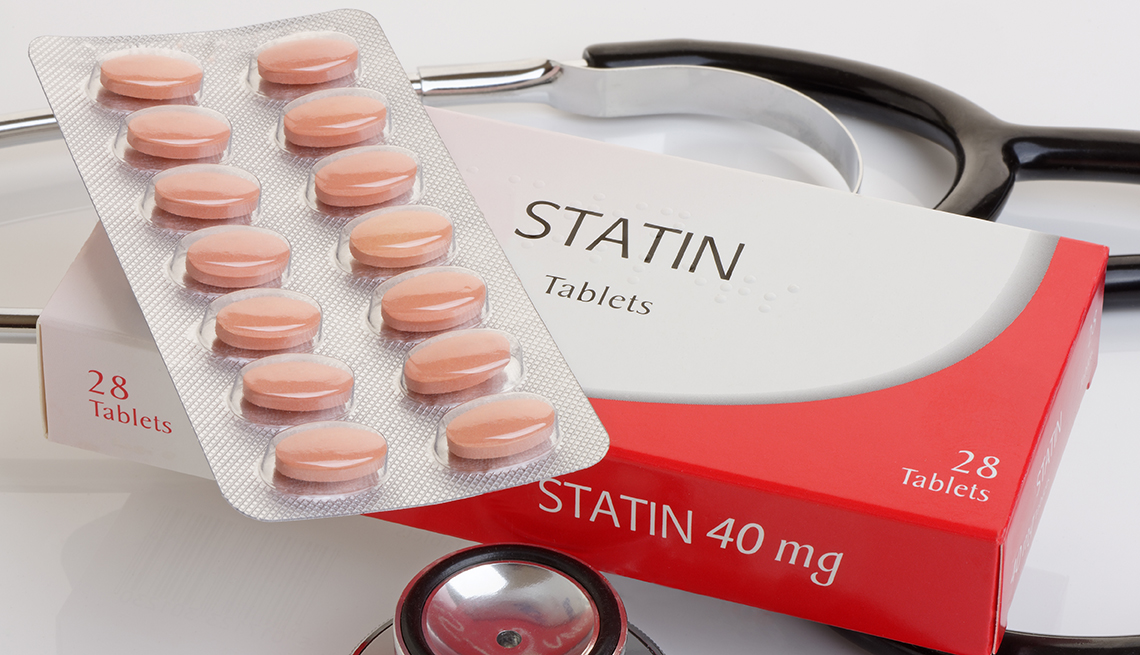The results of a cluster-randomized trial conducted in black barbershops have been published in the New England Journal of Medicine and were presented by Dr Ronald G. Victor from Los Angeles, California at the ACC 2018 Conference in Orlando. The study showed that health promotion by barbers along with medication management in barbershops by pharmacists, resulted in a larger blood pressure reduction in black male barbershop patrons with uncontrolled hypertension as compared to lifestyle modifications and doctor appointments.
Mistrust of the medical establishment due to historical reasons amongst non-Hispanic black men has led to an increased prevalence of undetected hypertension. Despite being disproportionately burdened by the disease as compared to any gender or racial group in the US, black men have the lowest physician interaction rates. In order to address this problem, Dr. Victor and his colleagues aimed to develop a cluster randomized trial to measure the efficacy of blood pressure control in black barber shop patrons by linking health promotion by trusted barbers to drug administration by pharmacists. According to Dr. Ciantel Blyler, one of the investigators of the study, “A barber shop is a social hub for black men and is a comfortable, relaxed environment where there is information exchange. The thought was to go into this comfortable environment and do health outreach.” Therefore, the inclusion of barbers, who were trusted community members, in health promotion and endorsement amongst loyal patrons of barbershops, was essential to facilitate the management of hypertension in the trial.
[perfectpullquote align=”full” bordertop=”false” cite=”” link=”” color=”” class=”” size=””] “The intervention effect was several magnitudes larger than what had been seen in previous trials.” -Dr. Ciantel Blyler[/perfectpullquote]
In a cluster-randomized trial, 319 black male patrons with systolic blood pressure of 140mm Hg or more were enrolled from 52 black-owned barbershops. In one arm, barbershops were assigned to a pharmacist-led intervention where barbers encouraged meetings within barbershops with specialty-trained pharmacists who prescribed drug therapy. In the other arm (control group), barbers encouraged lifestyle modification and doctor appointments. The primary outcome that was measured was the reduction in systolic blood pressure at 6 months.
The investigators found that the baseline mean systolic blood pressure was 152.8 mm Hg and 154.6 mm Hg in the intervention and control groups respectively. At 6 months, the mean systolic blood pressure fell by a whopping 27.0 mm Hg in the intervention group, as compared to 9.3 mm Hg in the control group. Moreover, 63.6% of the patients in the intervention group achieved a blood-pressure level of less than 130/80 mm Hg as compared to 11.7% of the patients in the control group. The mean blood pressure reduction in the intervention group was 21.6/14.9 mm Hg for systolic and diastolic pressures.
The investigators noted that the strengths of the trial included the intervention itself and the high cohort retention (95 percent). Dr. Blyler stressed that “The intervention effect was several magnitudes larger than what had been seen in previous trials.” The intervention also increased antihypertensive drug use as interventional pharmacists prescribed more combination drug therapy with long-acting first-line drugs than did community practitioners treating men in the control group. However, the investigators acknowledged certain limitations of the trial such as absence of blinding, presence of confounding, normotensive readings masking hypertension in black patients and difference in targeted blood pressure of pharmacists (less than 130/80 mm Hg) as compared to primary care physicians (less than 140/90 mm Hg).
When asked about future goals, Dr. Blyler remarked that “We would like to continue working with black men. We’d like to not only cover blood pressure, but also lipids and diabetes management since we know this model works. We’d like to do a cost analysis and implement it widely.” In addition to this, the results of the extension study of this trial for the next 6 months are awaited.






